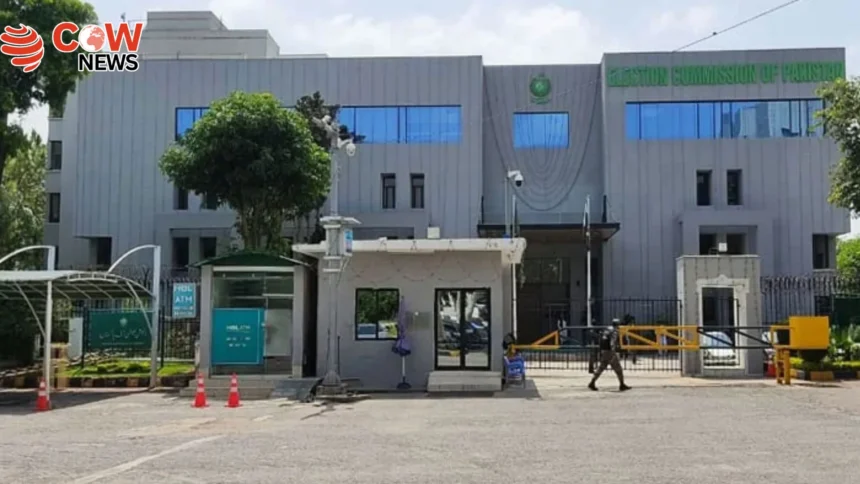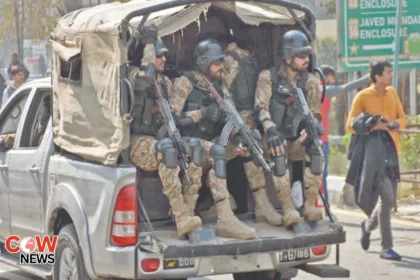Islamabad(The COW News Digital)The Election Commission of Pakistan (ECP) has released detailed voter turnout statistics for the recent by-elections held on six National Assembly and seven Provincial Assembly seats across the country. According to the official data, the overall turnout stood at 28.58 percent, reflecting moderate participation from voters in both urban and rural constituencies.
The highest turnout among National Assembly constituencies was recorded in NA-18 Haripur, where 50.82 percent of registered voters cast their ballots—a significantly higher figure compared to other areas. Analysts note that strong local competition and active campaigning contributed to the elevated voter engagement in Haripur.
In NA-185, voter turnout reached 32.61 percent, while NA-96 Faisalabad reported 26.46 percent participation. The turnout in NA-143 Sahiwal stood at 21.43 percent, indicating relatively lower involvement from voters in the constituency.
Some of the lowest turnout levels were observed in larger urban centres. In NA-129 Lahore, voter participation was recorded at just 18.67 percent, while NA-104 Faisalabad saw the lowest turnout among National Assembly seats, with only 13.23 percent of registered voters voting in the by-election. Political observers say urban apathy, limited campaigning, and voter fatigue may have contributed to the low participation.
For the Provincial Assembly seats, turnout showed notable variation. In PP-269 Muzaffargarh, turnout matched Haripur with a strong 50.82 percent, marking one of the highest participation rates nationwide. Similarly, PP-98 Faisalabad recorded a turnout of 36.82 percent, showing healthier engagement compared to some National Assembly constituencies.
In PP-73 Sargodha, turnout reached 34.45 percent, while PP-87 Mianwali reported 27 percent. The constituencies of PP-116 Faisalabad and PP-203 Sahiwal recorded 22.94 percent and 22.4 percent, respectively, continuing the trend of moderate public participation.
Election Commission officials stated that the by-elections were conducted smoothly, with polling stations functioning under tight security and administrative oversight. They added that turnout patterns varied due to local political dynamics, candidate profiles, and constituency-specific issues.
Analysts emphasize that while a 28 percent national average turnout is not unexpected for mid-cycle by-elections, it highlights persistent challenges related to voter motivation, political polarization, and trust in the electoral process. The ECP is expected to review logistical and outreach measures ahead of future electoral exercises.








